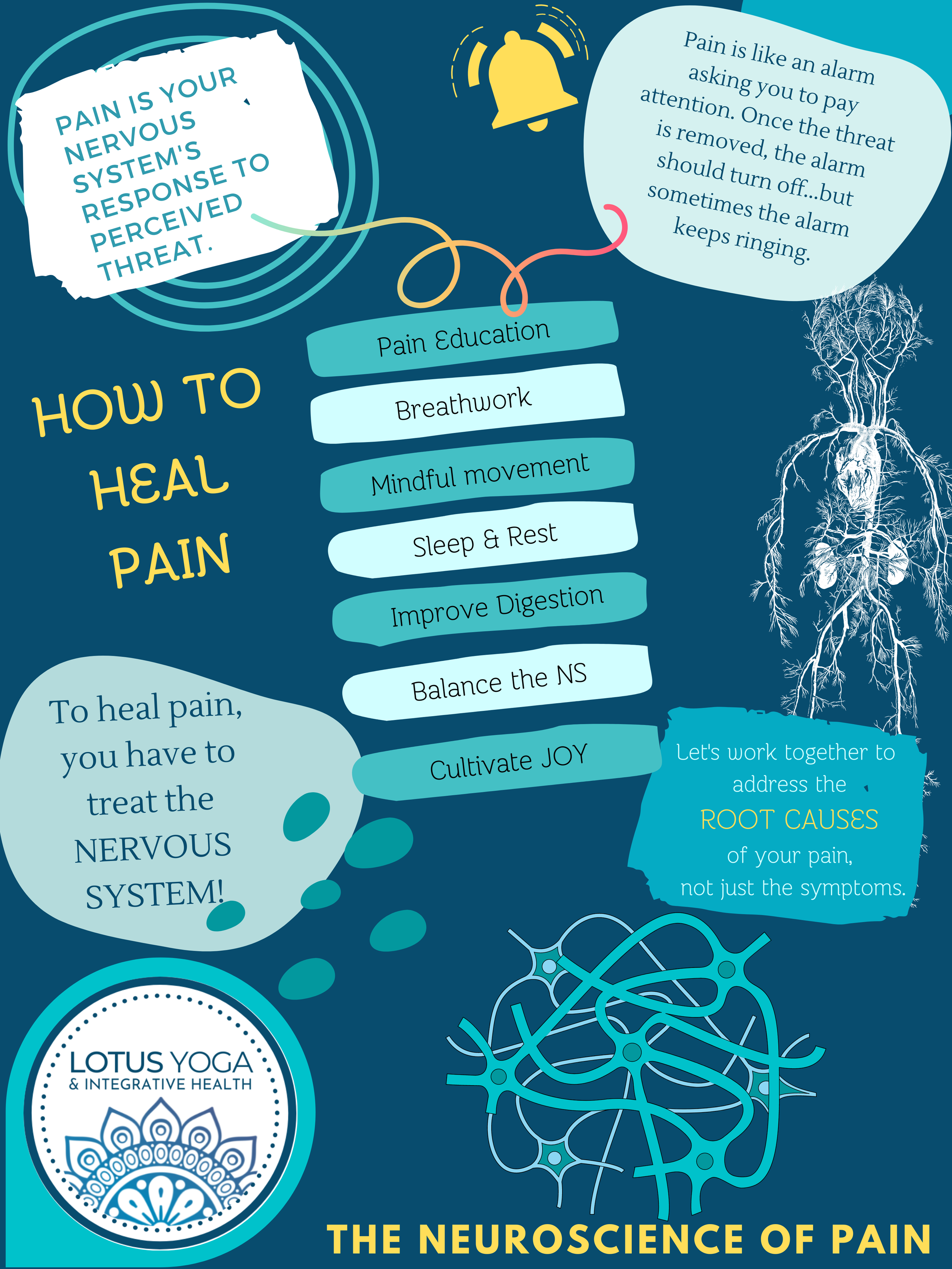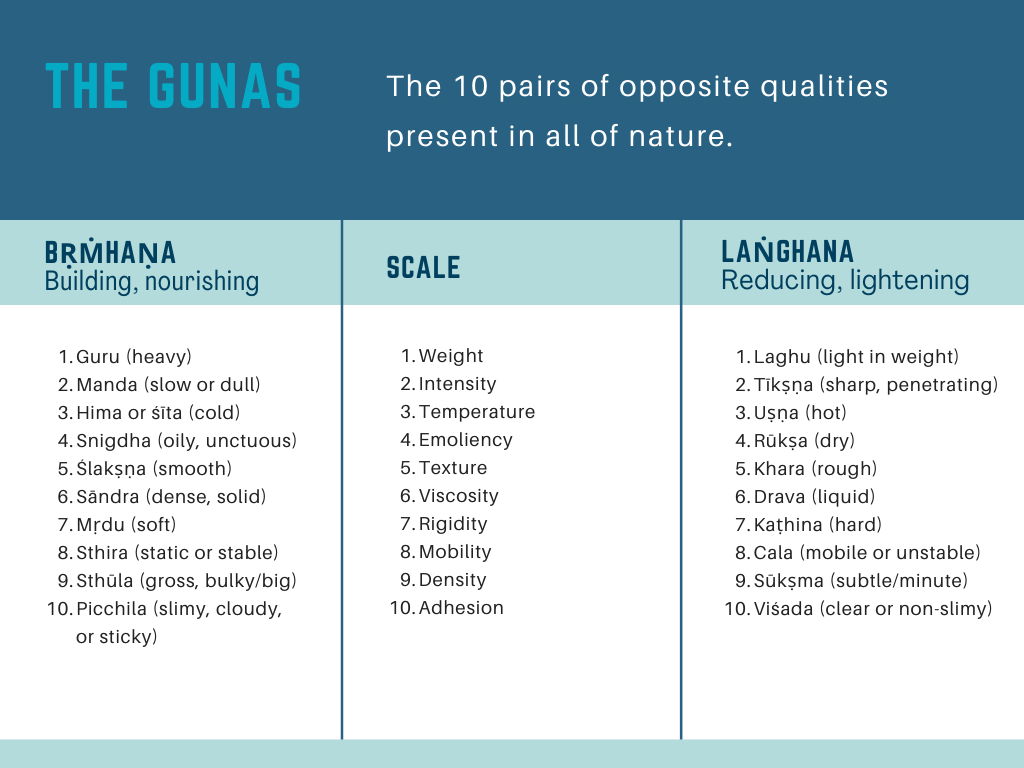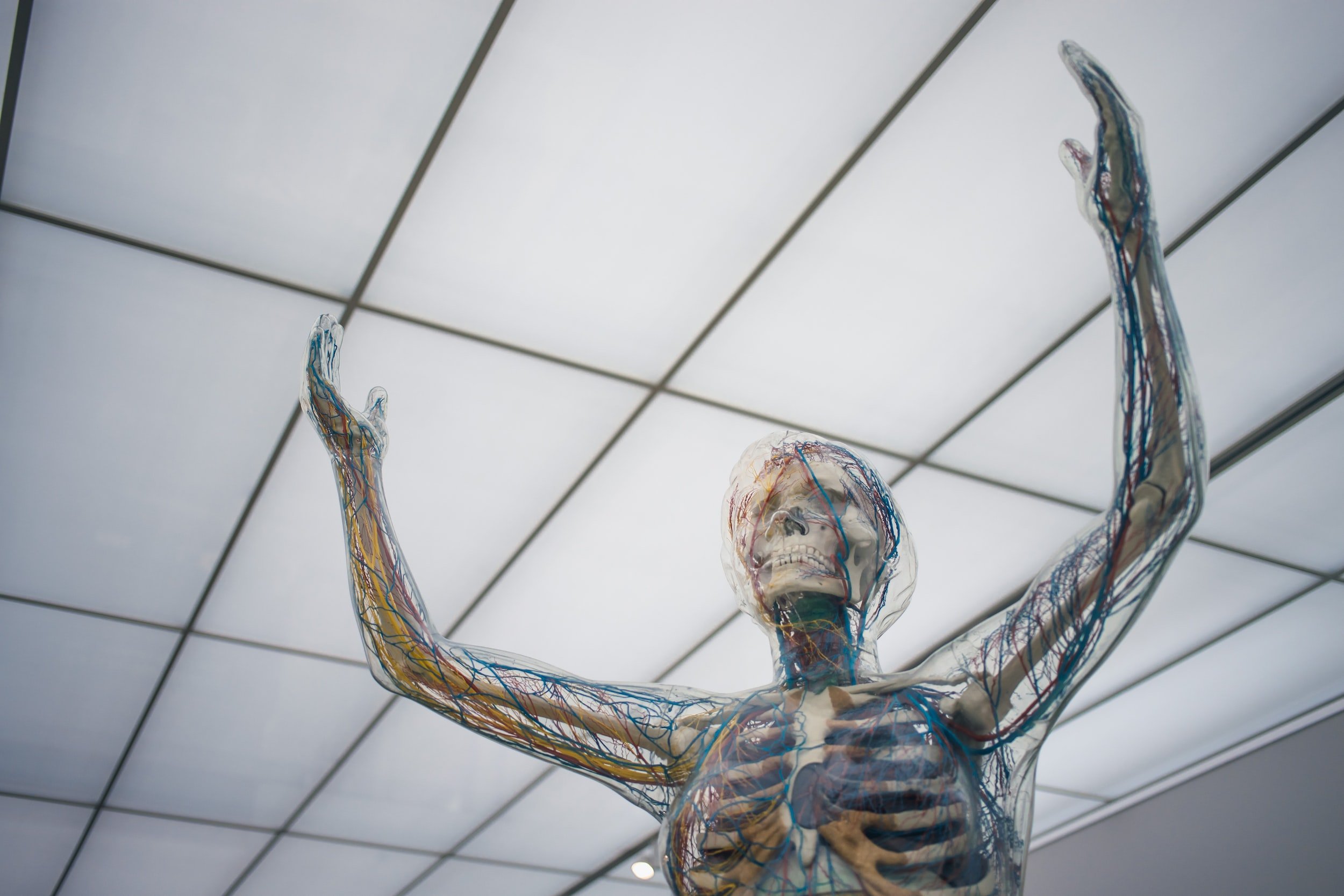search blog posts

How to Heal Chronic Pain
Learn the foundations of pain science and why understanding pain reduces the threat level and is essential to healing.

What are your Activators?
The body makes more receptors for its triggers to keep itself safe. Pain triggers include temperature, stress, movement, hormones, and oxygen levels.
Too many of one kind of channel makes you sensitive to that kind of stimulus. The good news is that these channels are replaced every 48 hours. If we understand what our triggers are, we can decrease that type of stimulus, and allow the channels to return to a balanced level so you are no longer extra sensitive to that kind of stimulus.

Stop being chased by a lion
If you have ongoing stress (including pain that lasts for a long time), your nervous system won't be able to tell the difference between a stressful day at work and an actual lion. The brain on pain can become so sensitive, that it is like you are living with a metaphorical lion chasing you at all times.

Your Nervous System Has a Bouncer
When we have chronic pain, the nervous system is attuned to look for danger, so the bouncers allow more information to pass up to the brain. Chronic pain makes the nervous system more sensitive, and when it gets bombarded by more information than usual, it is going to feel threatened by things that may not actually be dangerous. This is why sensations that aren’t typically painful, like light touch, can feel painful to those who are living with chronic pain.

It’s not all in your head
Over the years I’ve seen a lot of people whose doctors dismissed them or made them feel like their pain was all in their head because they didn’t get better by treating their symptoms, and often the source of pain couldn’t be seen on an image. If you know my story, you know that this happened to me. I had excruciating pain and severe loss of function (I couldn’t make a fist with my right hand, so I couldn’t do basic things like hold a pen to write my name), and I had doctor after doctor tell me that I was fine because the MRIs didn’t show any signs of nerve compression.

Pain = Stagnation
We can harness the power of our attention to calm the nervous system and reduce pain, too. Pain is a form of energy stagnation, and when energy isn't able to flow, that stresses out the nervous system and amplifies the pain. One way to relieve pain is to get energy flowing again. Since prana follows citta, or energy flows where attention goes, when we spread our attention through our whole bodies in a yoga nidra or body scan practice, it can guide the energy to move out of stagnation and can significantly reduce pain.

Understanding pain
Pain is your nervous system’s response to the perception of threat. The first step to reducing pain is understanding it. Explaining pain reduces the perception of threat, which reduces pain. As pain comes down, function improves. The next step is to figure out your triggers, and build up your toolbox to help you manage those triggers. As you balance your life, you will start to balance your pain.














